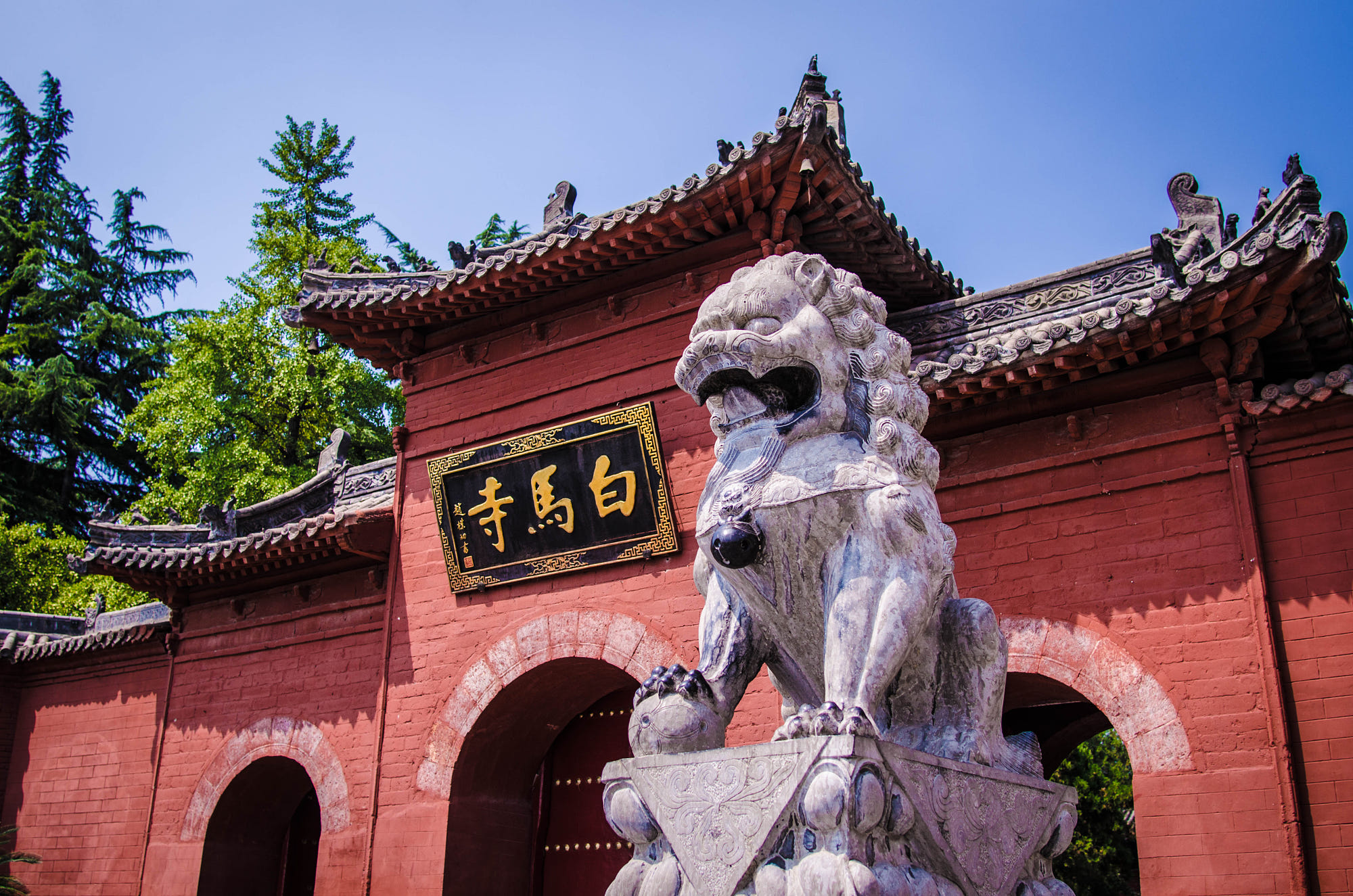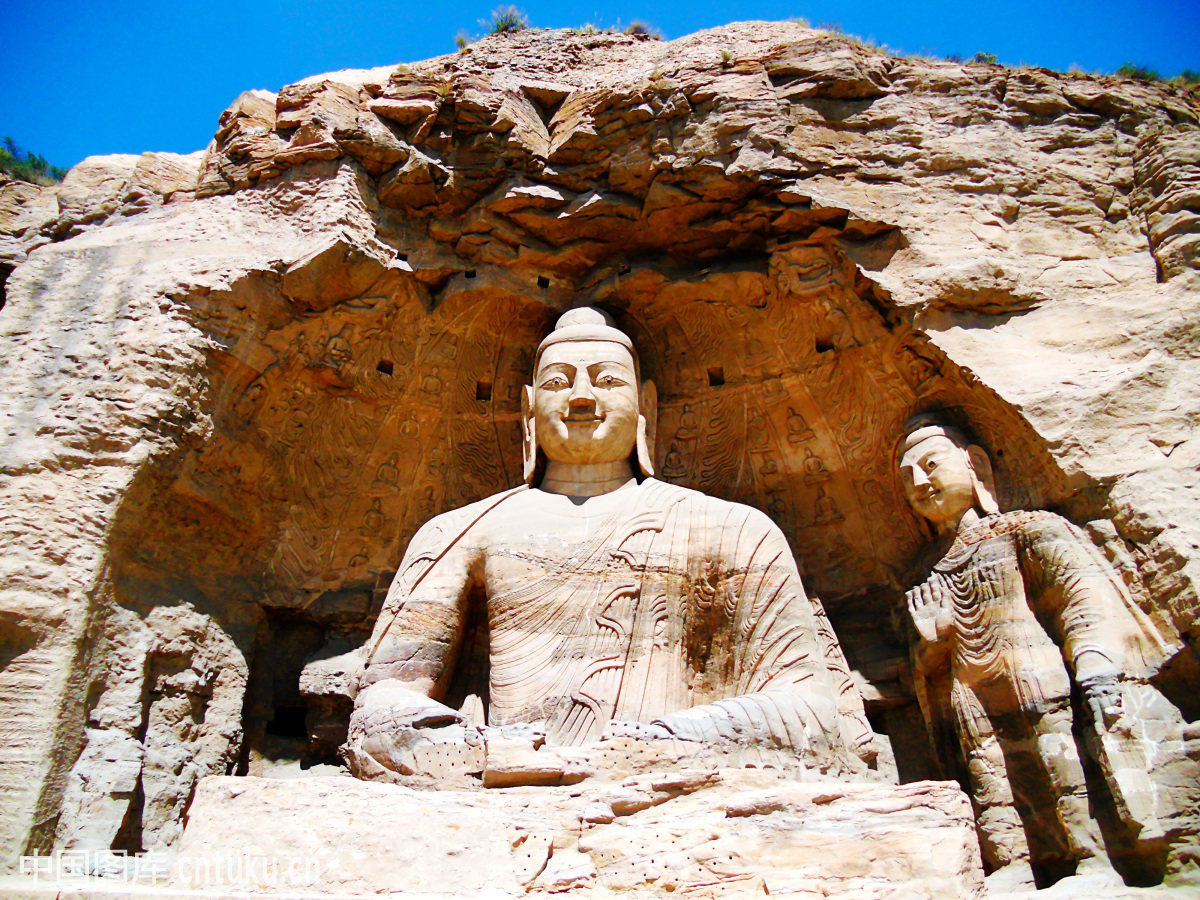Finding Stillness A Spiritual Journey Through China's Four Sacred Buddhist Mountains In our hyper-connected world, many travelers are seeking deeper connections beyond typical tourism. The Sacred Buddhist Mountains China offer a profound…
Finding Stillness A Spiritual Journey Through China’s Four Sacred Buddhist Mountains







